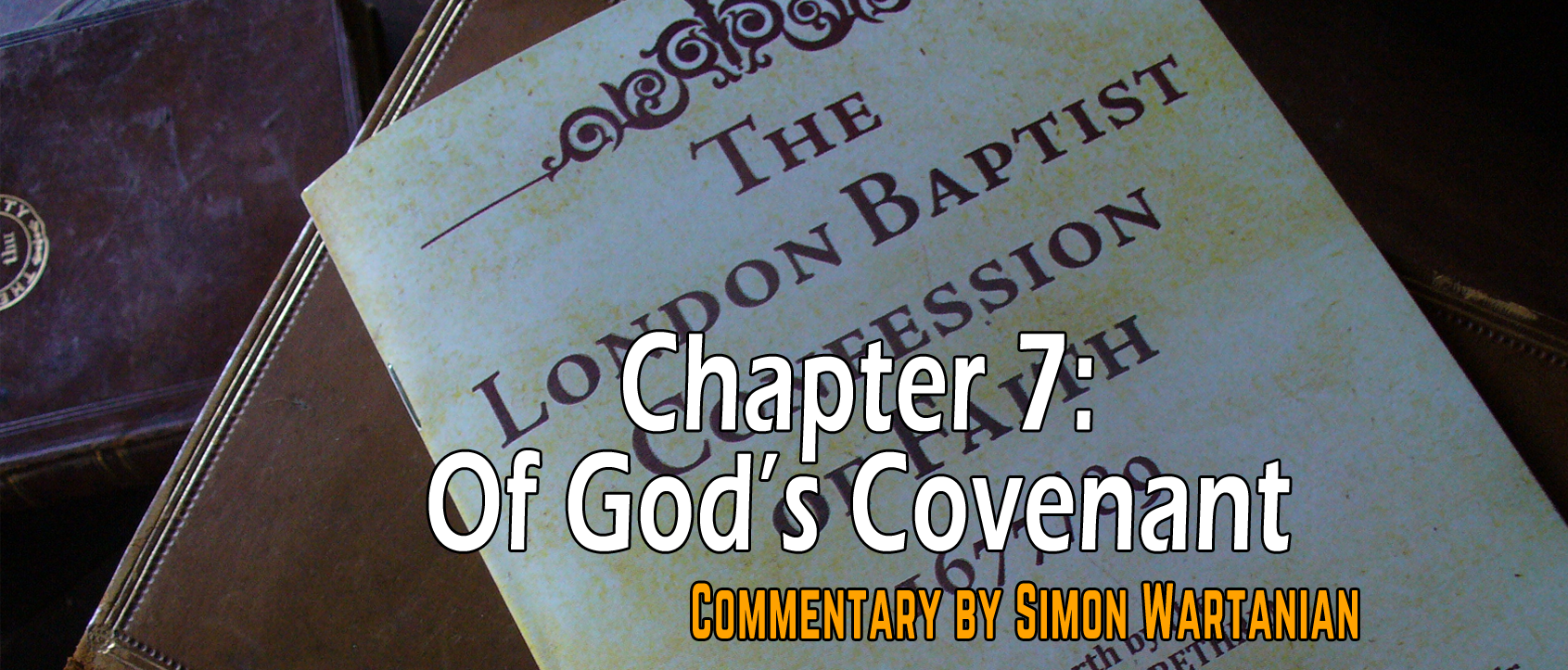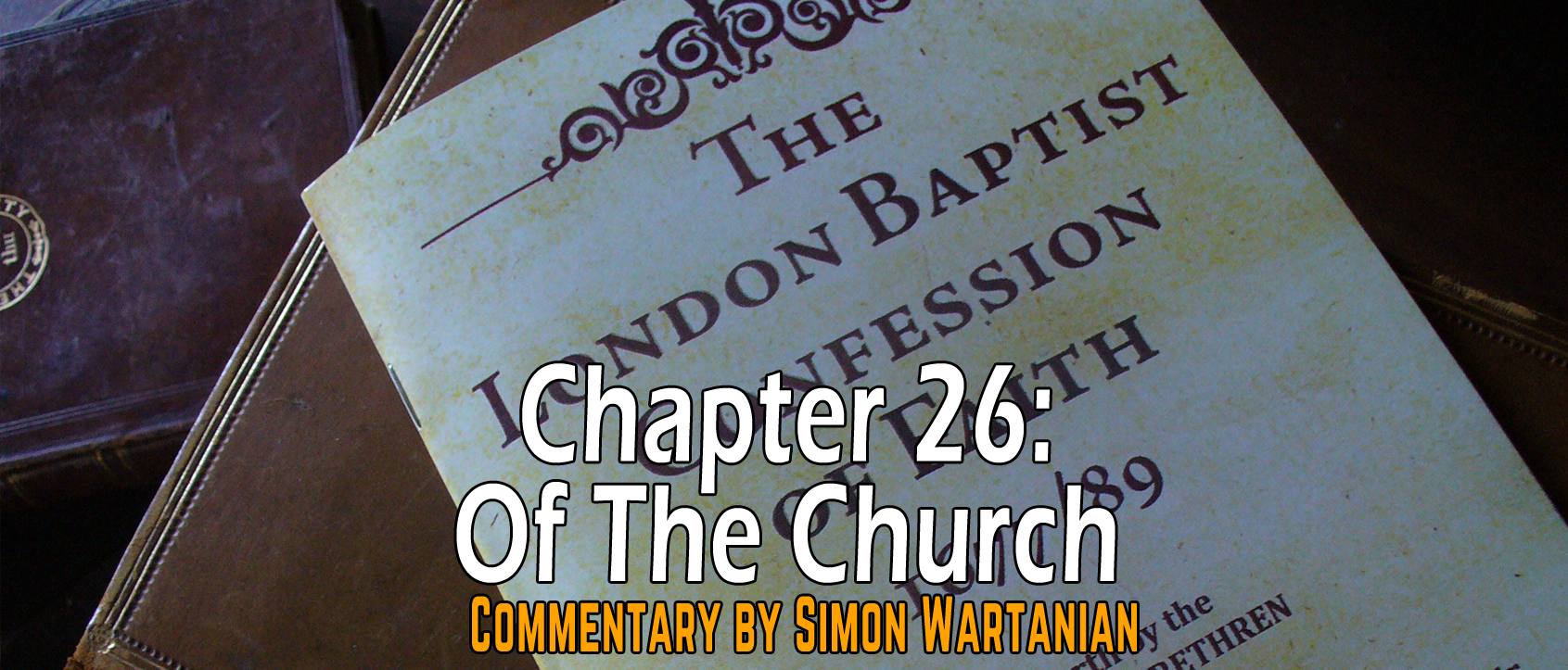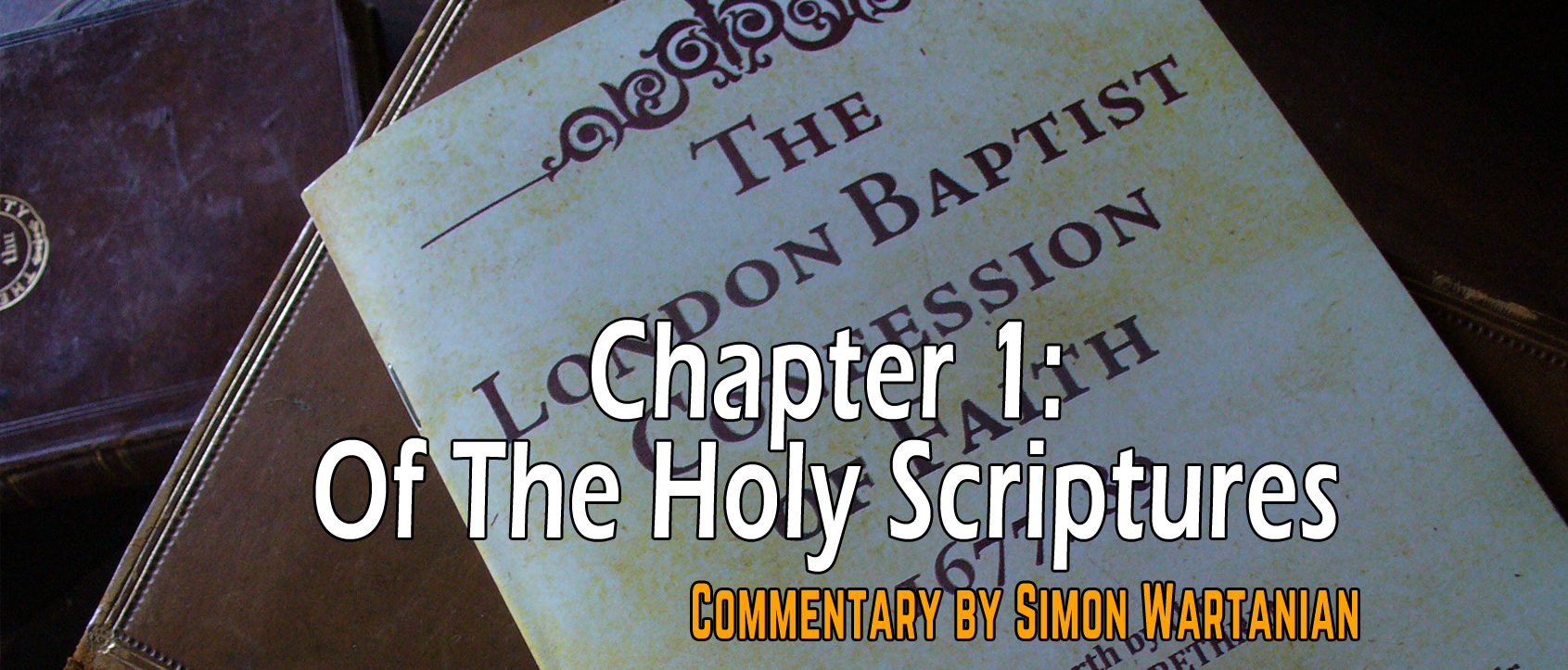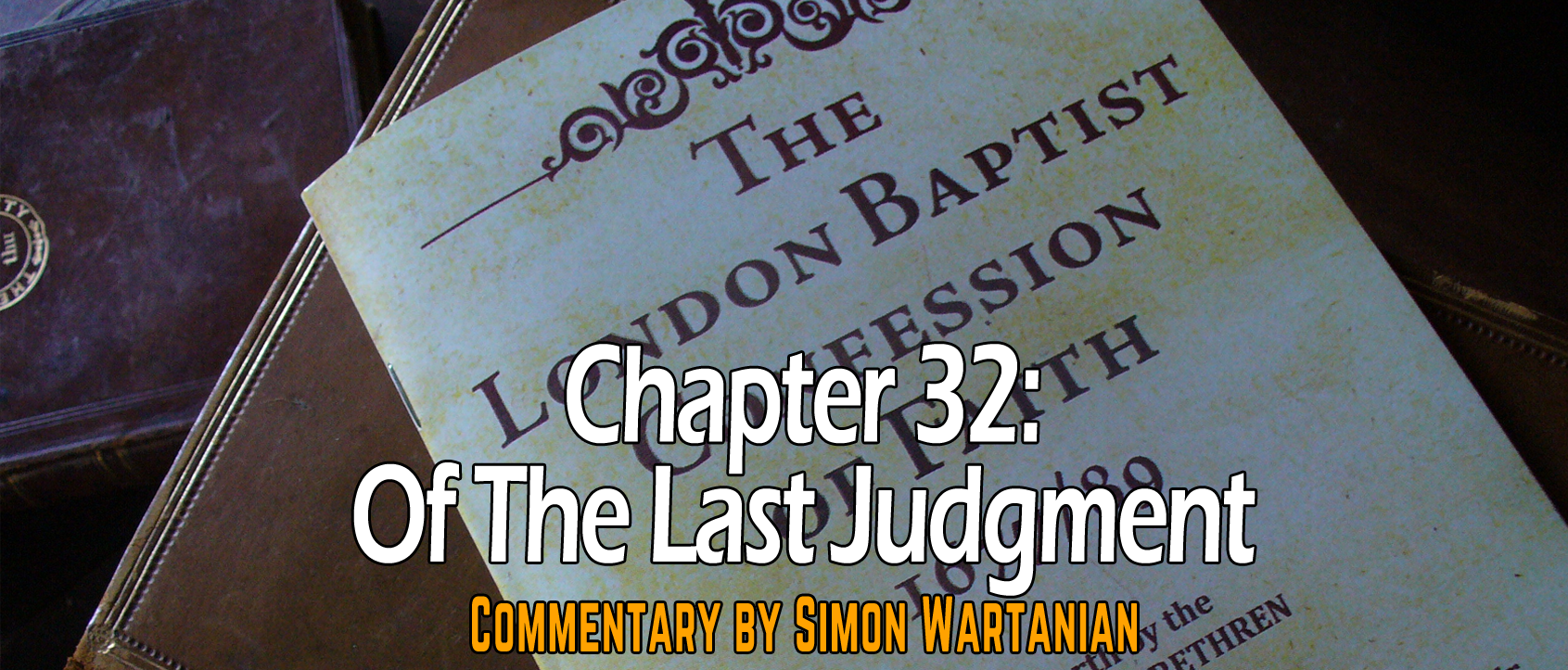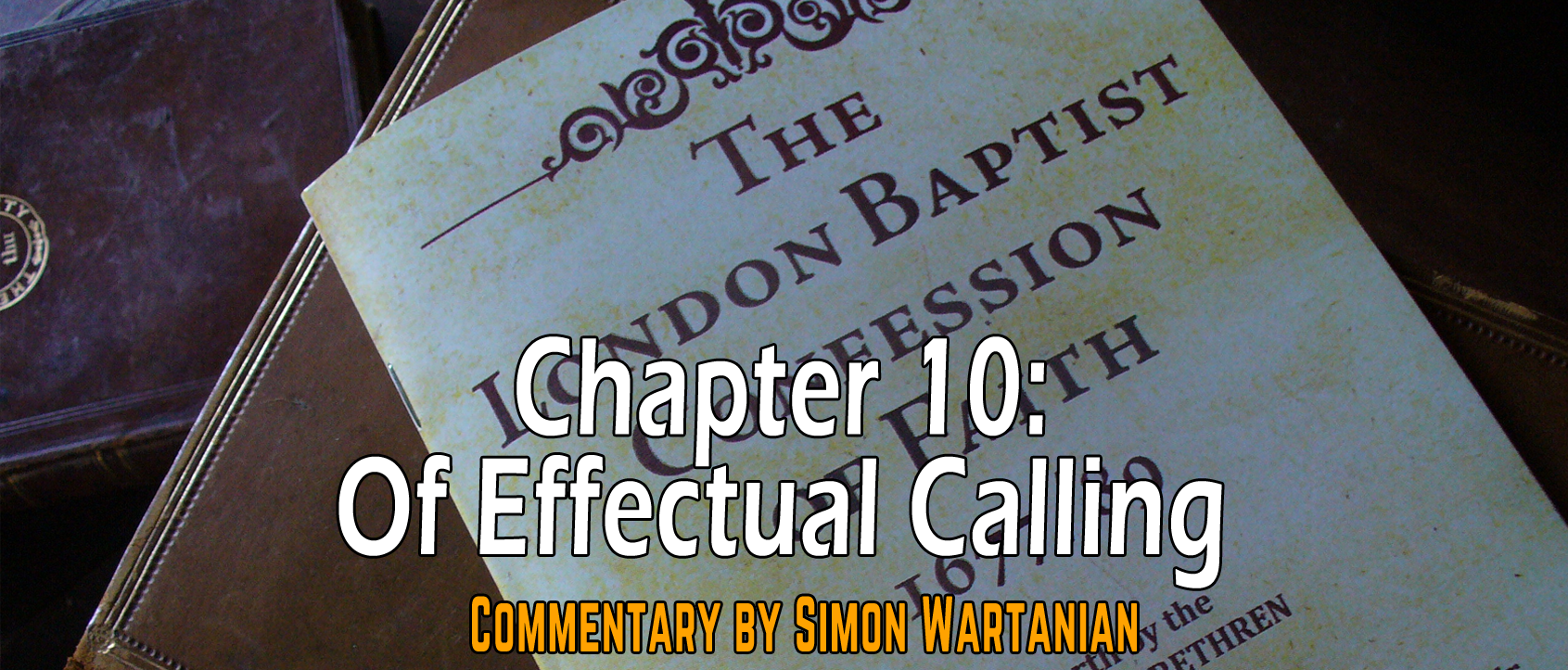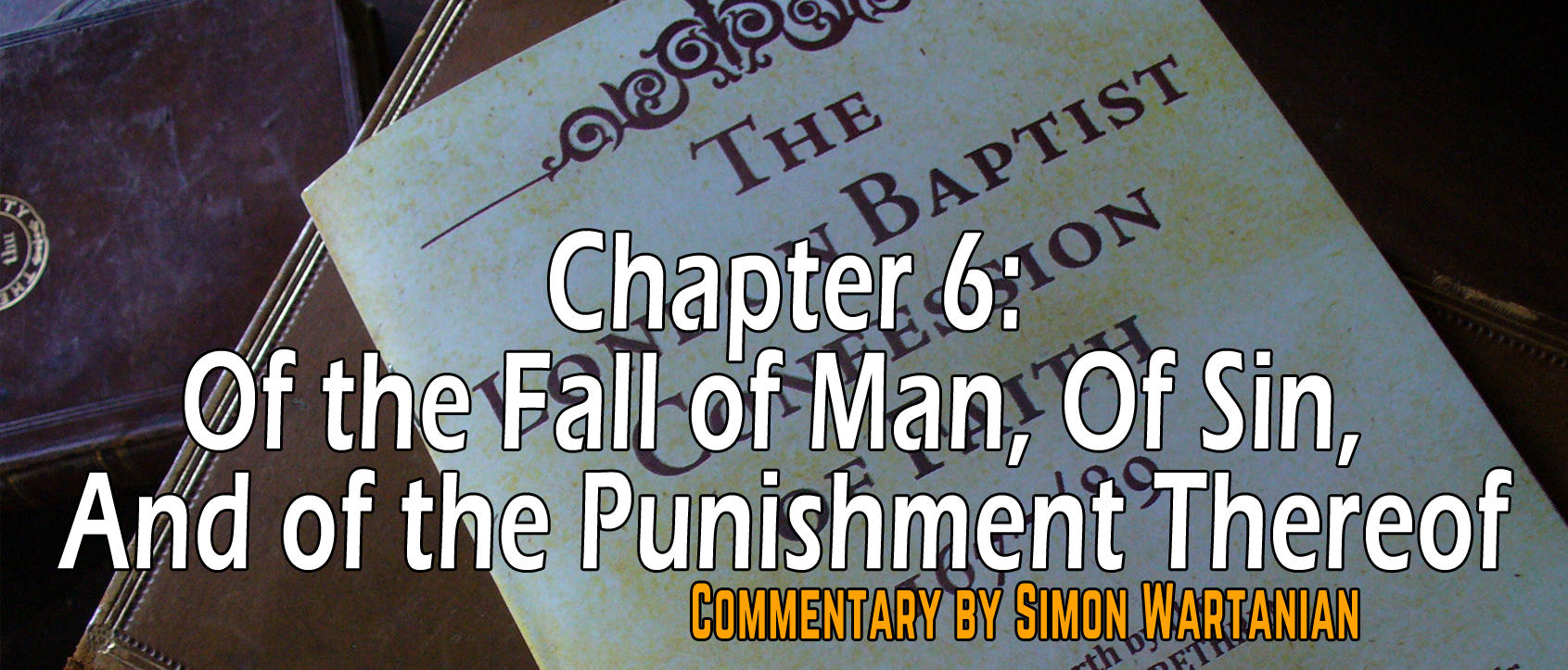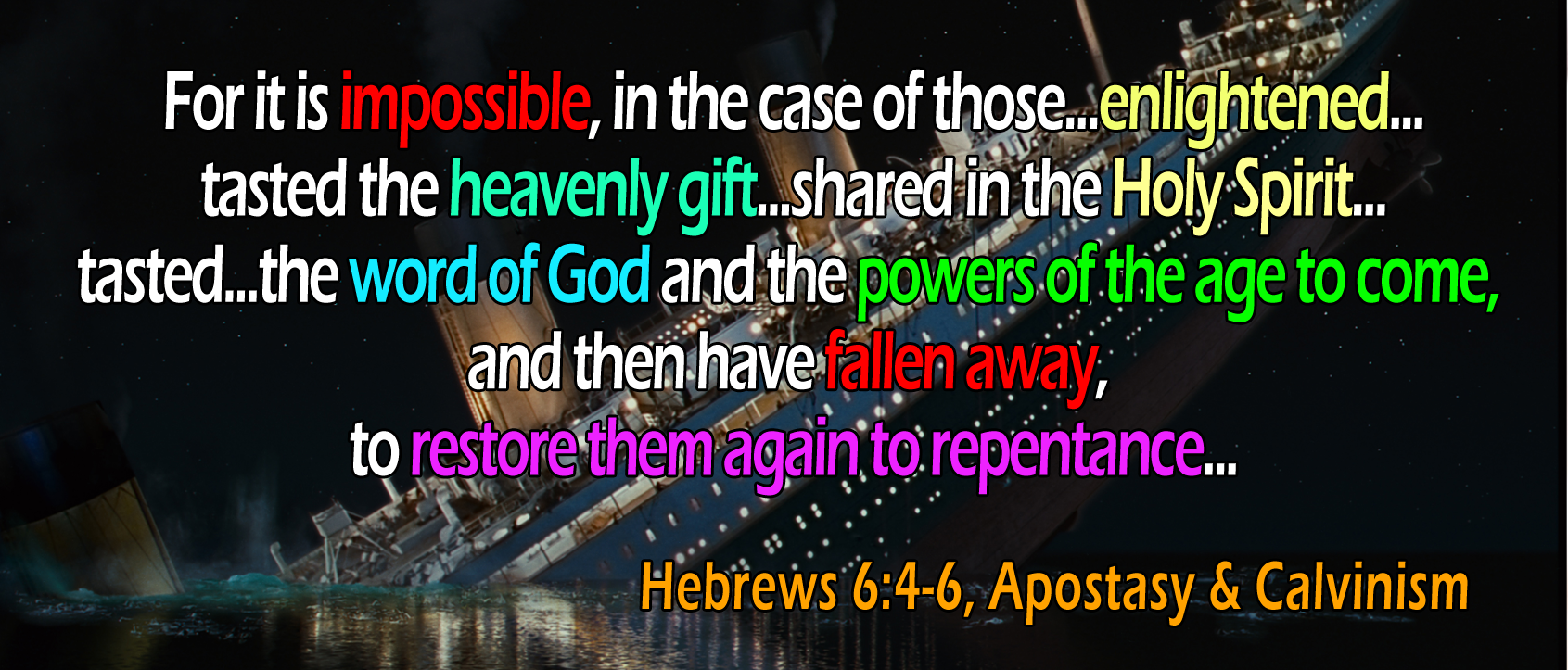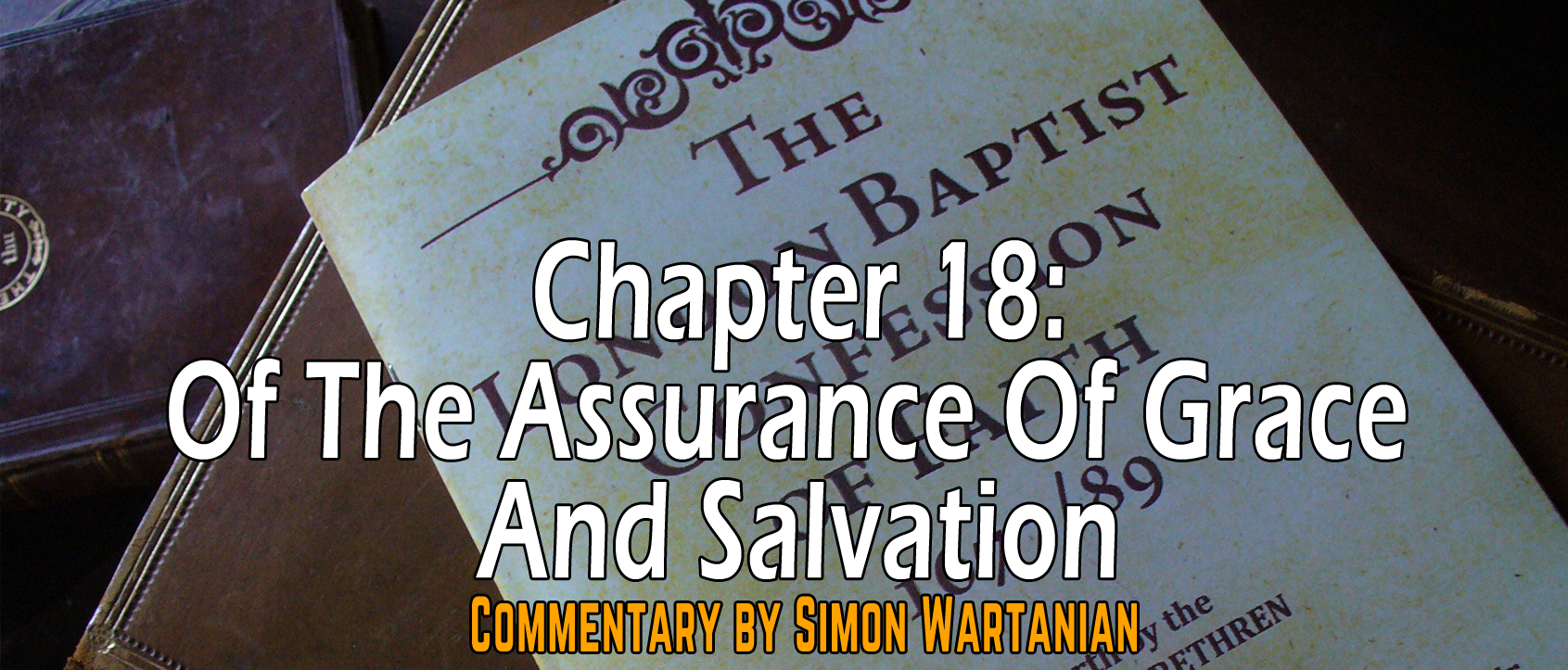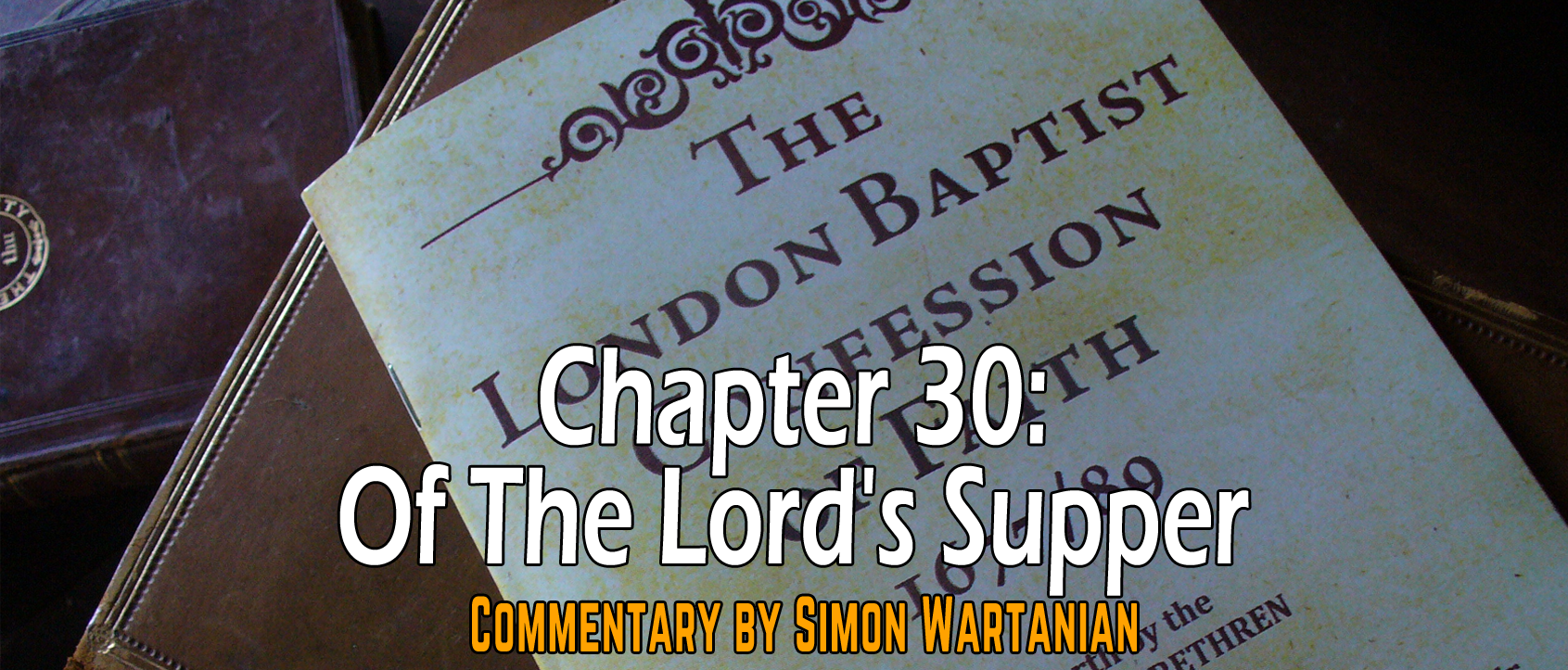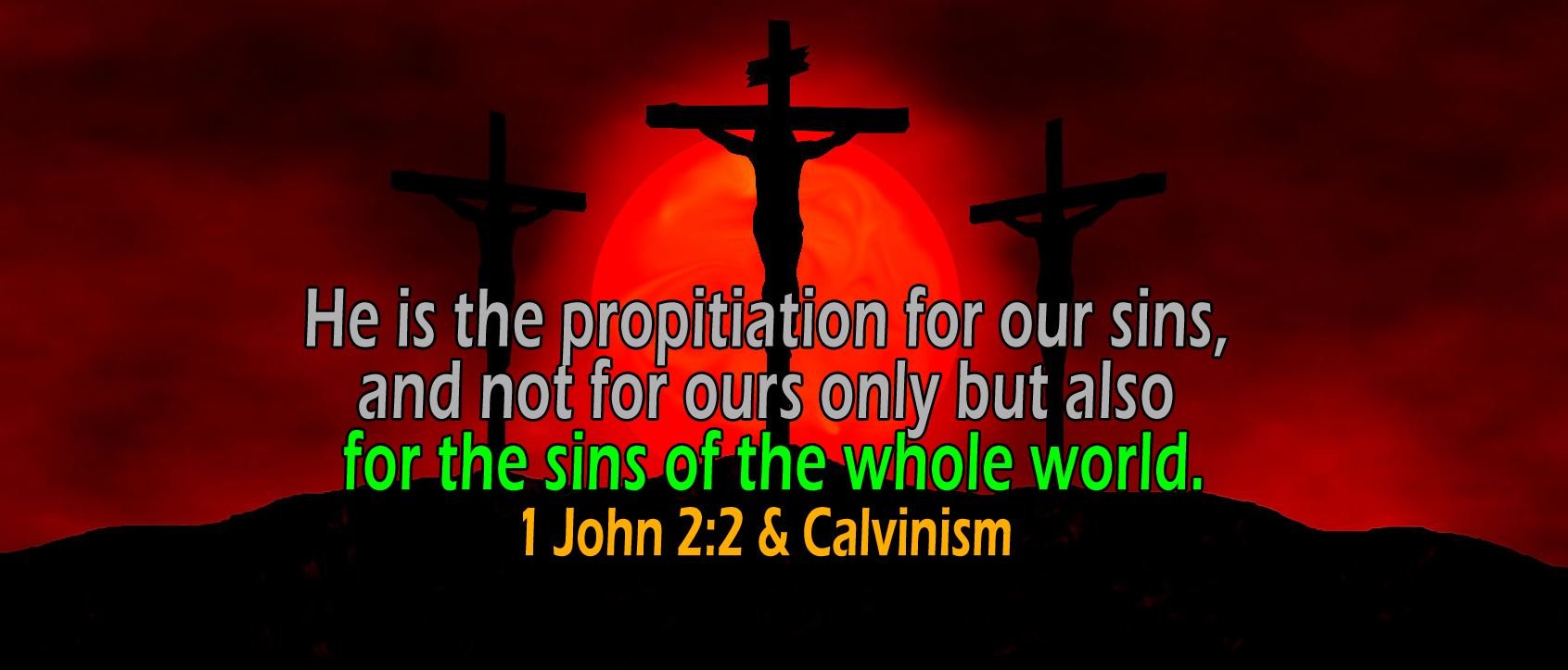Then Noah built an altar to the LORD and took some of every clean animal and some of every clean bird and offered burnt offerings on the altar. 21 And when the LORD smelled the pleasing aroma, the LORD said in his heart, “I will never again curse the ground because of man, for the intention of man’s heart is evil from his youth. Neither will I ever again strike down every living creature as I have done.
To close this section, we note John Gill’s comments on Genesis 8:20–
And Noah builded an altar unto the Lord,.... Not an house for himself and his family, but an altar for God; his first and greatest concern being for the glory of God, and not for the temporal good of himself and his: this altar was erected, and devoted to the service of God; it was built according to his will, and by his direction: Noah’s view was to renew the worship of God, preserve and propagate it by his example; and this was done by way of thanksgiving to God for his wonderful preservation of him, and was also propitiatory and typical of Christ: the Jewish writers {d} say, this was the altar on which Adam sacrificed, when expelled the garden of Eden, and on which Cain and Abel offered; and being demolished by the flood, was rebuilt by Noah, which is not at all probable; it is much more likely what Aben Ezra says, that it was built on one of the mountains of Ararat, and that as Noah took the first opportunity, so he built it in the first place he came to, or at least not far from the place where he came out of the ark:
and took of every clean beast, and of every clean fowl, and offered burnt offerings on the altar; the clean beasts were the bullock, the sheep, and goat, and the clean fowl, the turtle and young pigeon, one of each sort at least was taken. The Targum of Jonathan says, he offered four upon the altar: these were typical of Christ; the bullock or heifer might denote his strength, the sheep or lamb his patience and harmlessness, the turtle or dove his meekness; and being burnt offerings, may signify the painful and dolorous sufferings of Christ, when the wrath of God was poured on him like fire.[41]
The Covenant of Works and the Noahic Covenant
As we have noted above, there is a re-creation in the account of the Flood and coming out of the flood. The post-flood world is painted as a new world. Noah is painted to us as a new Adam, with a commission identical to that of the first Adam. Therefore, it should not surprise us if there is a connection between the covenants that these two men represent. The Covenant of Works, after the Fall, could no longer provide blessings, but only executed the sentence of death upon sinners. Yet now, after the Flood and this re-creation, God initiates a new covenant that should govern life in a renewed world. Neither the Noahic nor the Adamic offers eternal life. But they are the covenants which govern all people. All unredeemed persons are still under the broken Adamic Covenant. But the whole earth, men and beasts, are still under the Noahic Covenant because it was a covenant made with all flesh. These two covenants are not opposed. In this regard, Dr. Renihan is very helpful:
The Noahic Covenant and the Covenant of Works are not at odds with each other. They simply have different purposes. The Covenant of Works curses and condemns. The Noahic Covenant dictates how to live in that world. Both are active covenants by which God governs mankind and grants authority to mankind. Adam fo...
